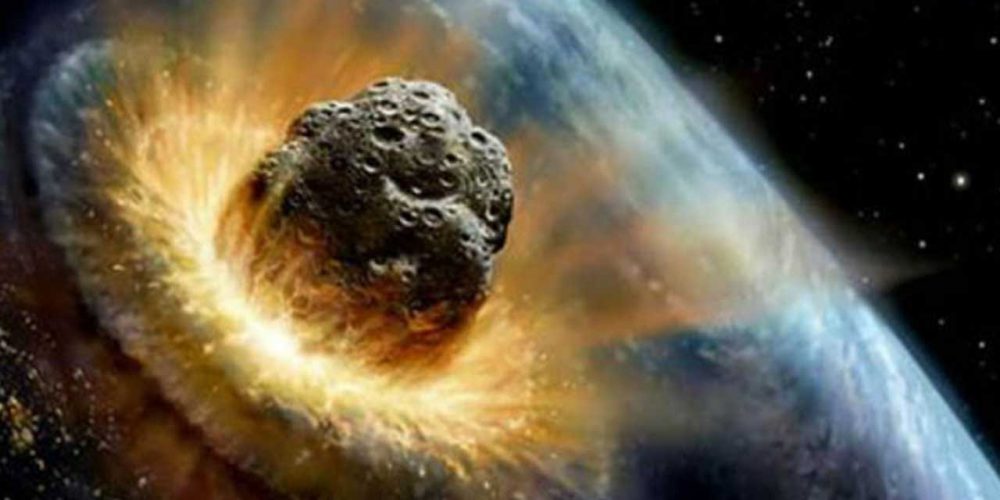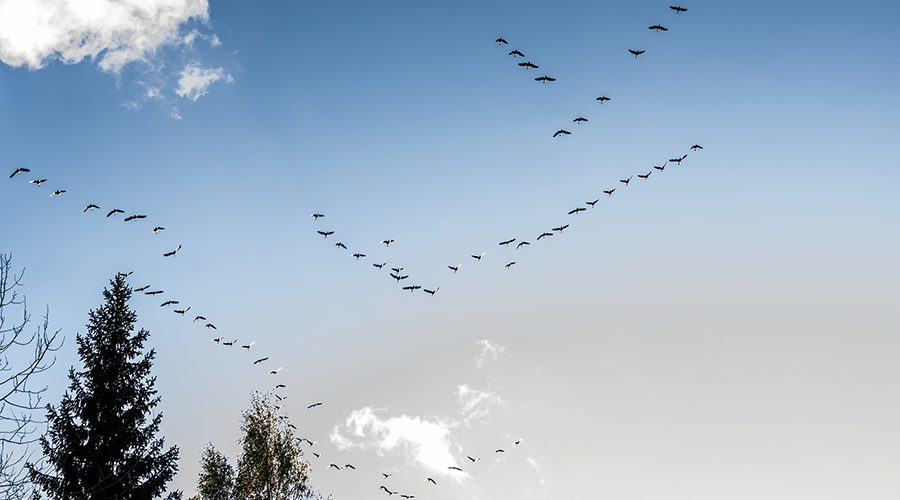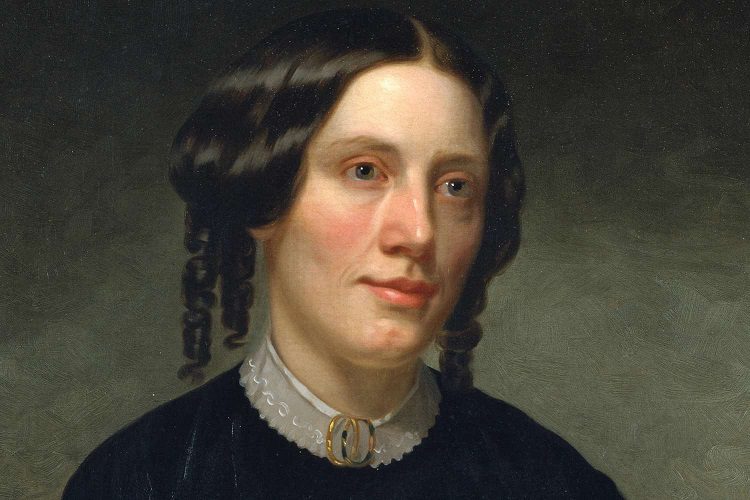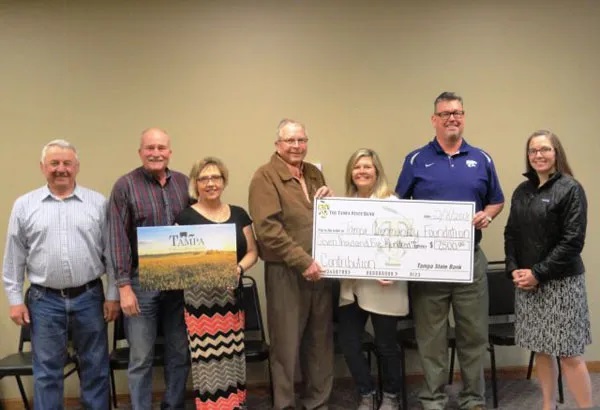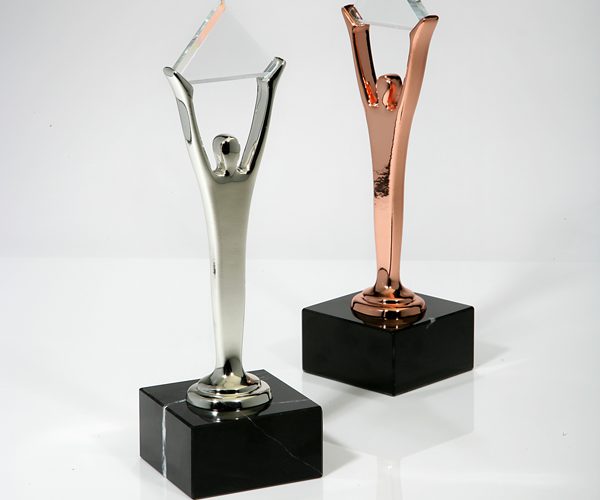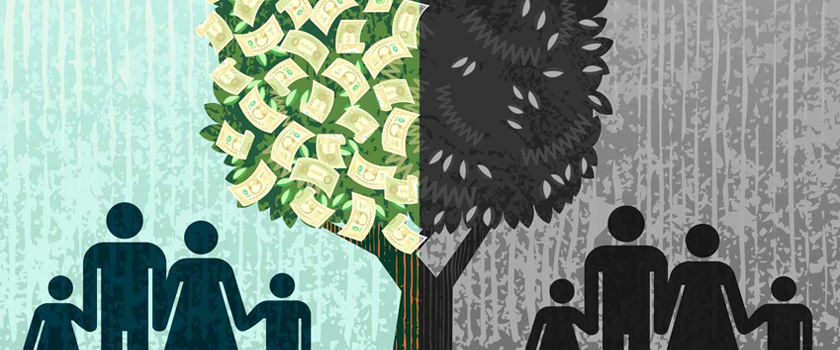True Ancestors of Domesticated Horses
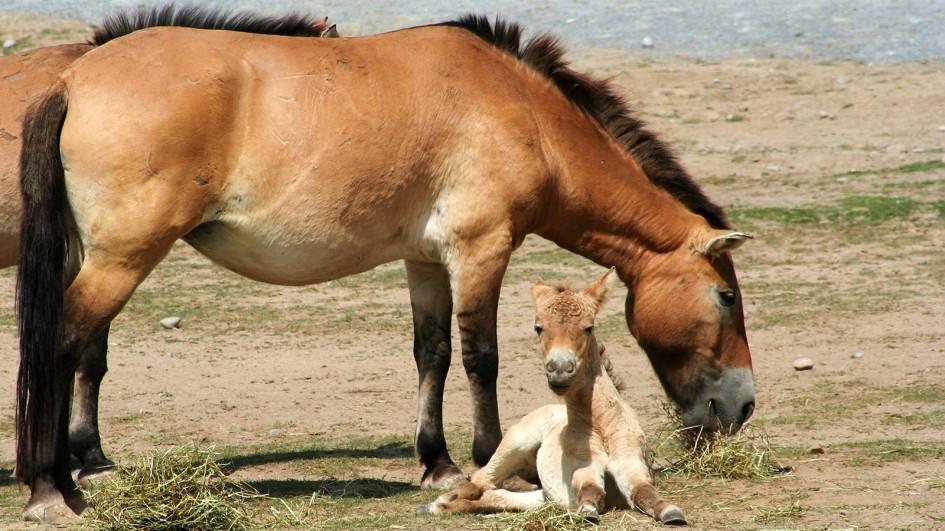
The horses which have long been considered ancestors of all modern domesticated steeds do in fact, belong to a totally different lineage, genetic analysis has revealed.
The oldest known domestic horse population belonged to the Botai people who inhabited the Central Asian steppes around 5500 years ago.
Until now, that population from what is now northern Kazakhstan, has been considered the likeliest source of modern domestic horses.
However, DNA analysis from both modern and ancient horses has revealed the equines we are familiar with today only share around three per cent of their ancestry with Botai horses.
Instead, the scientists were surprised to find that the Botai population actually gave rise to the Przewalksi’s horses of Mongolia.
Przewalski’s horses are thought of as the only truly wild horses left in the world, but the new analysis suggests this is not the case.
Instead, this endangered population represents the last remnants of a feral population of Botai horses and the earliest descendents of domestic horses.
“Our findings literally turn current population models of horse origins upside-down,” said Professor Ludovic Orlando, a molecular archaeologist at the French National Center for Scientific Research who led the study.
“What we used to understand as the last wild horse on earth is in fact the descendant of the earliest domestic horses, which simply escaped human pressure and became feral during the last few millennia.”
Besides debunking the prevalent theory of domestic horse origins, therefore, this analysis suggests there are no purely wild horses anywhere.
You do not have access to view this Atom.
The results of the research conducted by Professor Orlando and his colleagues were published in the journal Science. Their analysis used genetic information from 88 horses, both ancient and modern, supported with archaeological evidence concerning the history of horse domestication.
The archaeological record provides plenty of evidence for the domestication of horses by the Botai people, who are thought to have consumed meat and milk from the animals.
“It was essential to Botai people to manage the horse resource as it provided the basis of their subsistence strategy,” said Professor Alan Outram, an archaeologist at the University of Exeter who has carried out excavations of the Botai Culture for decades.
“Probably horses were even first domesticated at Botai because horse riding somehow facilitated horse hunting.”
The analysis carried out by Professor Orlando and his colleagues identified certain genetic changes that occurred when the horses returned to their wild state and eventually gave rise to Przewalski’s horses.
DNA evidence revealed Botai horses had “leopard spots” on their skin, presumably an appearance their owners bred in their steeds.
However, this characteristic has been lost in the feral Przewalski’s horses that exist today.
The gene responsible for this patterning was likely bred out of the population as it was also associated with night blindness – something that natural selection would have weeded out of the population.
As for the modern domestic horses, the scientists estimated they originated in 3,000 BCE at the latest. However, owing to the lack of well-preserved horse DNA from that era, their origin remains shrouded in mystery.

